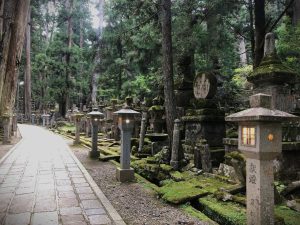 Mount Koya, known as Koyasan in Japanese, is one of the most sacred sites in Japan and the center of Shingon Buddhism. Founded in 816 by the monk Kobo Daishi (Kukai), it is a place of deep spiritual significance and a UNESCO World Heritage site. Nestled in the mountains of Wakayama Prefecture, Koyasan is renowned for its peaceful atmosphere, ancient temples, and beautiful natural surroundings.
Mount Koya, known as Koyasan in Japanese, is one of the most sacred sites in Japan and the center of Shingon Buddhism. Founded in 816 by the monk Kobo Daishi (Kukai), it is a place of deep spiritual significance and a UNESCO World Heritage site. Nestled in the mountains of Wakayama Prefecture, Koyasan is renowned for its peaceful atmosphere, ancient temples, and beautiful natural surroundings.
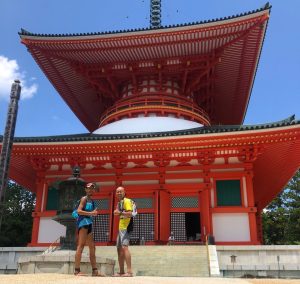 The town is home to over 100 temples, many of which offer accommodations where visitors can experience traditional Buddhist practices, such as meditation and vegetarian shojin ryori meals. The most famous landmark is Okunoin, the mausoleum of Kobo Daishi, surrounded by Japan’s largest cemetery, where towering cedar trees and thousands of ancient gravestones create a serene and otherworldly atmosphere.
The town is home to over 100 temples, many of which offer accommodations where visitors can experience traditional Buddhist practices, such as meditation and vegetarian shojin ryori meals. The most famous landmark is Okunoin, the mausoleum of Kobo Daishi, surrounded by Japan’s largest cemetery, where towering cedar trees and thousands of ancient gravestones create a serene and otherworldly atmosphere.
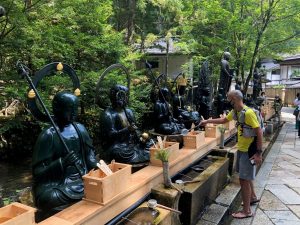 Koyasan also serves as the starting point for several pilgrimage routes and is a popular destination for those seeking spiritual growth, nature, and cultural experiences. Whether you’re visiting for its history, scenic beauty, or spiritual allure, Mount Koya offers a unique and unforgettable journey into the heart of Japan’s religious heritage.
Koyasan also serves as the starting point for several pilgrimage routes and is a popular destination for those seeking spiritual growth, nature, and cultural experiences. Whether you’re visiting for its history, scenic beauty, or spiritual allure, Mount Koya offers a unique and unforgettable journey into the heart of Japan’s religious heritage.
How to Access Mount Koya from Central Osaka
Reaching Mount Koya (Koyasan) from central Osaka is easy, thanks to a combination of trains and cable cars. Here’s how you can get there:
From Namba Station (Osaka City) to Gokurakubashi Station
Take the Nankai Koya Line from Namba Station (Nankai Railway) and head toward Gokurakubashi Station.
The journey takes approximately 90 minutes on the Limited Express train or about 2 hours on the regular express train.
If you prefer a faster and more comfortable ride, the Limited Express is recommended (seat reservations required).
From Gokurakubashi Station to Mount Koya
Upon arriving at Gokurakubashi Station, transfer to the Koyasan Cable Car.
The cable car will take you up the mountain in about 5 minutes, offering stunning views of the surrounding forest.
From Koyasan Station to Central Mount Koya
After arriving at Koyasan Station, you can take a local bus or taxi to reach the main temple complex and accommodations in central Koyasan. The bus ride takes around 10-15 minutes.
Buses are frequent and stop at key locations such as Okunoin, Kongobuji Temple, and many temple lodgings.
Tips for Travelers
Consider purchasing the Koyasan World Heritage Ticket, which includes round-trip train fare, cable car access, and unlimited bus rides on Koyasan.
Be sure to check train schedules in advance, as the Limited Express service may require reservations during peak seasons.
Search in the time table and Network map
Choishi Michi (Stone Marker Path): A Spiritual Hike to Mount Koya
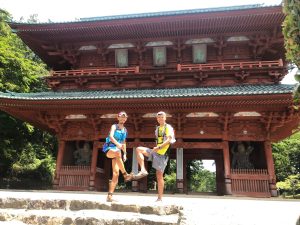 For those seeking a unique spiritual and hiking experience in Japan, the Choishi Michi is an ancient pilgrimage route that leads to the sacred Mount Koya. This 24-kilometer (15-mile) trail begins at Jison-in Temple in Kudoyama and winds through serene mountain forests, ending at the majestic Daimon Gate, the grand entrance to Koyasan
For those seeking a unique spiritual and hiking experience in Japan, the Choishi Michi is an ancient pilgrimage route that leads to the sacred Mount Koya. This 24-kilometer (15-mile) trail begins at Jison-in Temple in Kudoyama and winds through serene mountain forests, ending at the majestic Daimon Gate, the grand entrance to Koyasan
- Kudoyama Station
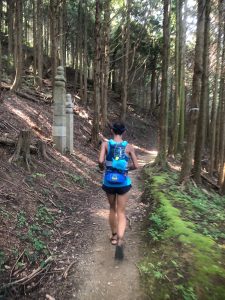 What makes the Choishi Michi special are the stone markers, or choishi, that line the path. Placed every 109 meters, these markers were installed centuries ago to guide pilgrims to Mount Koya. There are 180 stone markers in total, each indicating the remaining distance to the heart of Koyasan, where the sacred Garan temple complex awaits.
What makes the Choishi Michi special are the stone markers, or choishi, that line the path. Placed every 109 meters, these markers were installed centuries ago to guide pilgrims to Mount Koya. There are 180 stone markers in total, each indicating the remaining distance to the heart of Koyasan, where the sacred Garan temple complex awaits.
Hiking the Choishi Michi offers a perfect blend of natural beauty and spiritual reflection. As you journey along the path, you’ll pass through lush forests, ancient shrines, and moss-covered statues, making this more than just a hike?it’s a step back in time. The trail is moderately challenging, with some uphill sections, but the peaceful surroundings and rich history make it rewarding for both seasoned hikers and casual travelers.
- why don’t you try it !
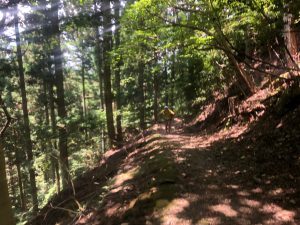 The hike takes about 7 to 8 hours to complete, so it’s best to start early and come prepared. Don’t forget to bring water, snacks, and comfortable shoes. At the end of your hike, you’ll arrive at Koyasan, where you can explore beautiful temples, stay at a traditional temple lodging (shukubo), and immerse yourself in the deep spirituality of this UNESCO World Heritage site.
The hike takes about 7 to 8 hours to complete, so it’s best to start early and come prepared. Don’t forget to bring water, snacks, and comfortable shoes. At the end of your hike, you’ll arrive at Koyasan, where you can explore beautiful temples, stay at a traditional temple lodging (shukubo), and immerse yourself in the deep spirituality of this UNESCO World Heritage site.
Tips for Hikers and Trailrunners
The trailhead is easily accessible from Kudoyama Station, which is about an hour by train from Osaka.
For those less inclined to hike the entire distance, there are shorter options or alternative transportation to reach Koyasan.
Make sure to check weather conditions, as parts of the trail can be slippery after rain.
Search in the time table and Network map
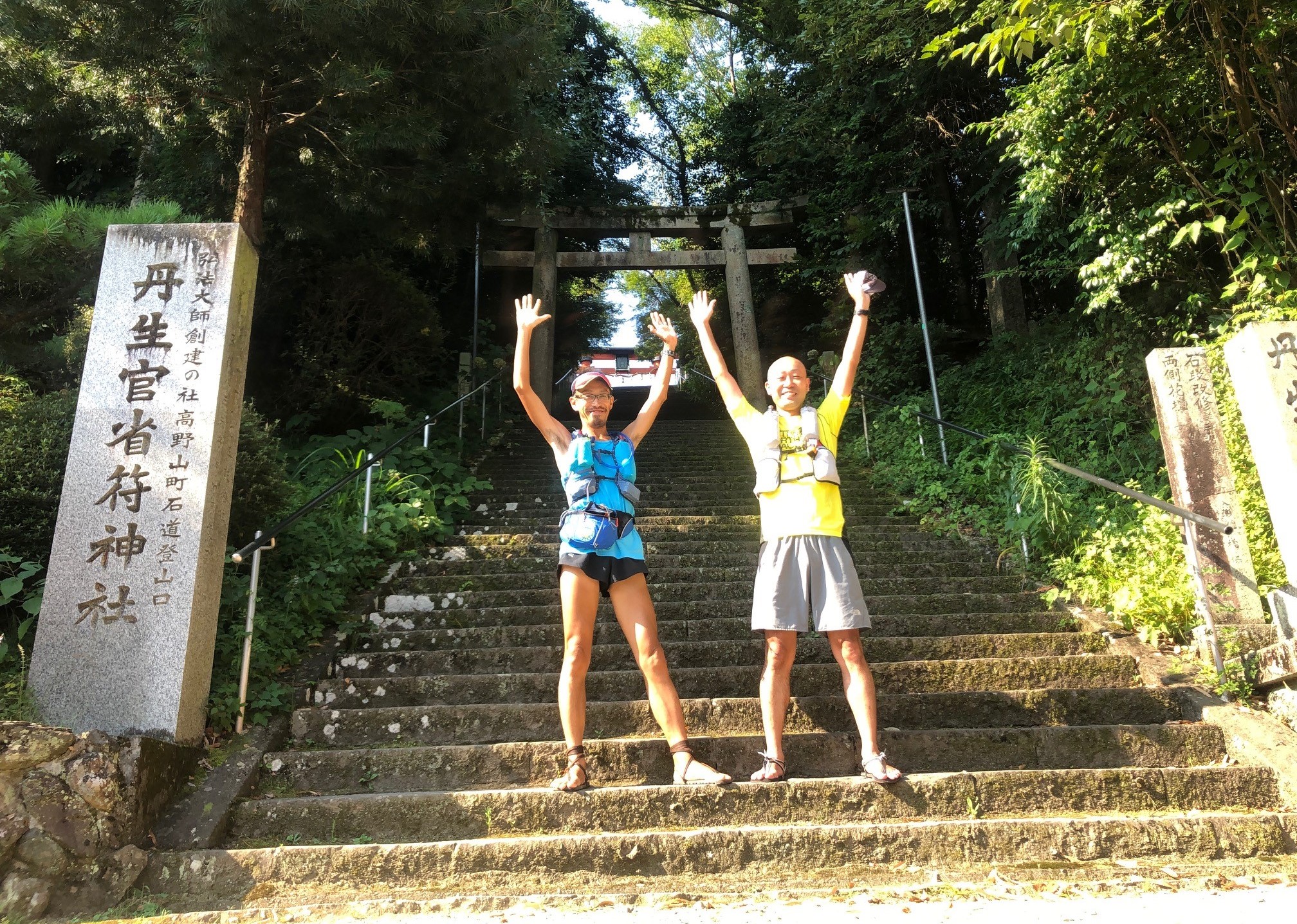

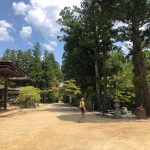
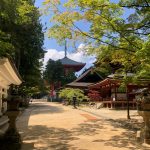
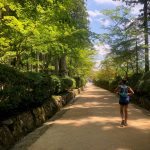
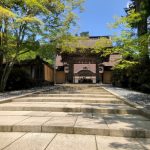
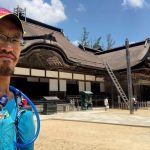
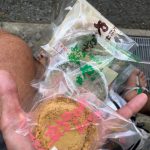

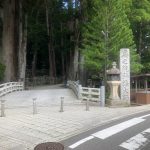
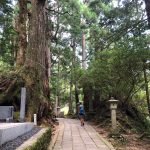
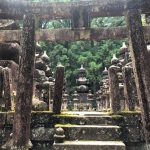
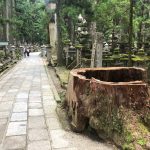
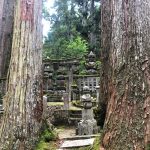
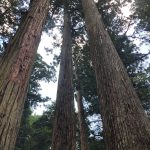
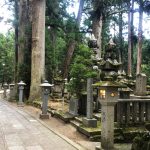
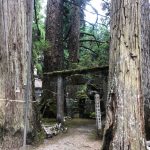
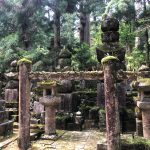
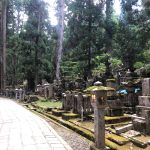
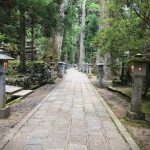
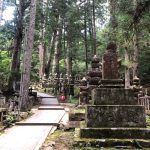
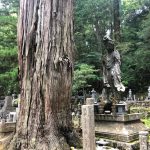
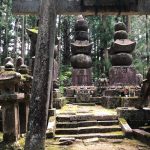
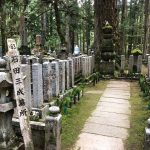
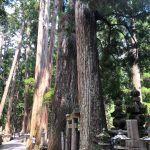
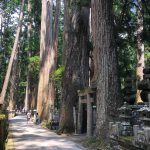
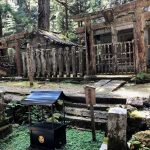
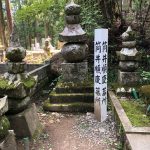
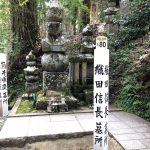
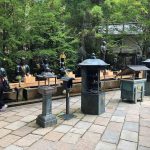
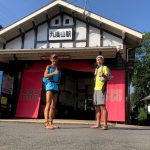
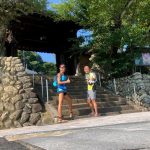
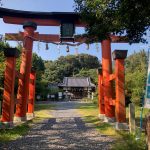
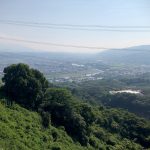
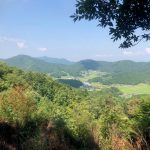
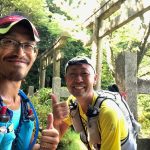
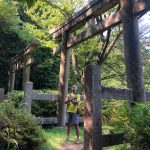
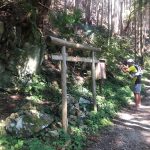
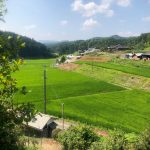
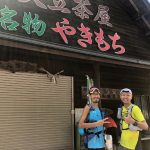
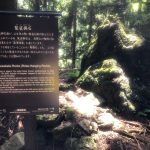
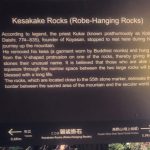

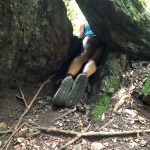
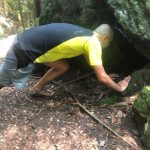
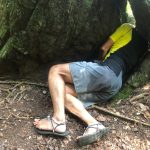
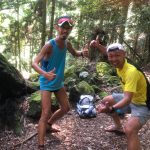
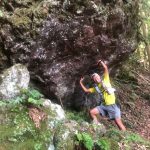
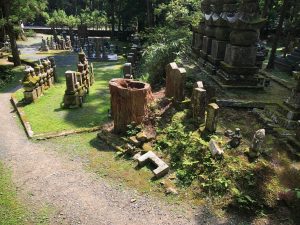
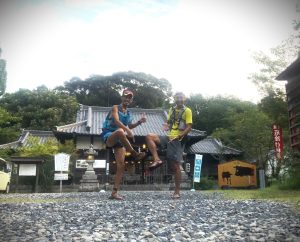
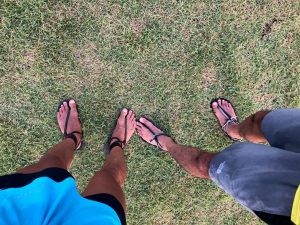


comment